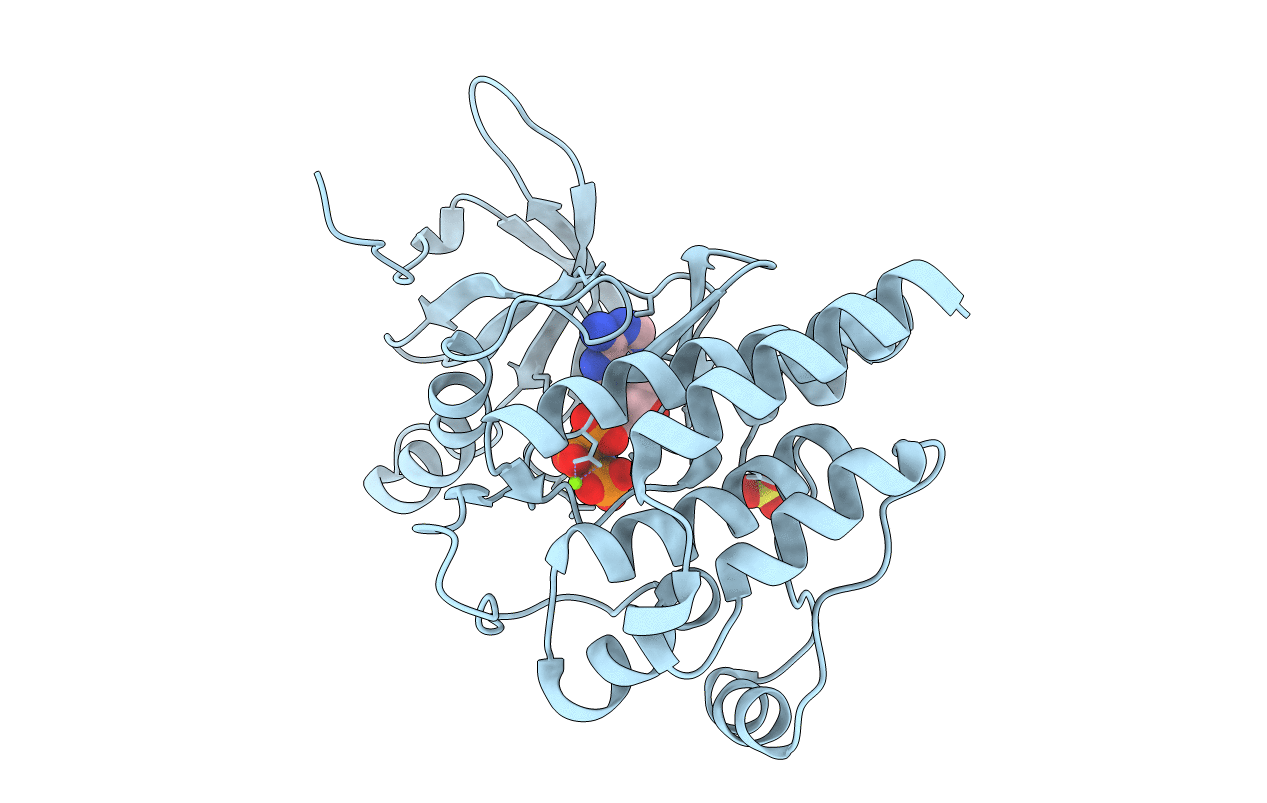
Deposition Date
2006-08-03
Release Date
2007-06-26
Last Version Date
2024-11-13
Entry Detail
PDB ID:
2J0L
Keywords:
Title:
Crystal structure of a the active conformation of the kinase domain of focal adhesion kinase with a phosphorylated activation loop.
Biological Source:
Source Organism:
GALLUS GALLUS (Taxon ID: 9031)
Host Organism:
Method Details:
Experimental Method:
Resolution:
2.30 Å
R-Value Free:
0.26
R-Value Work:
0.21
R-Value Observed:
0.21
Space Group:
P 21 21 21


